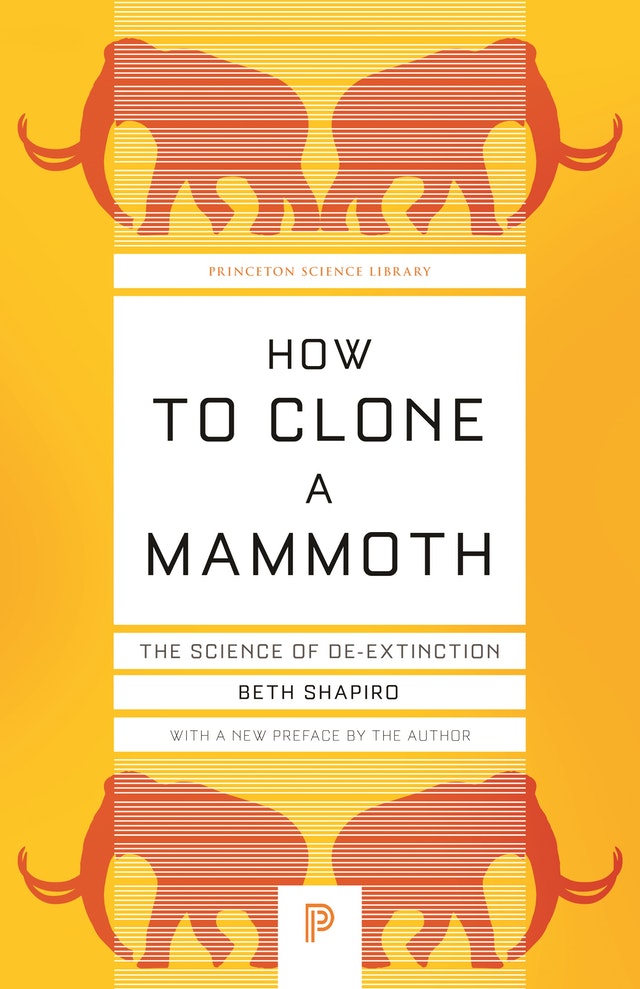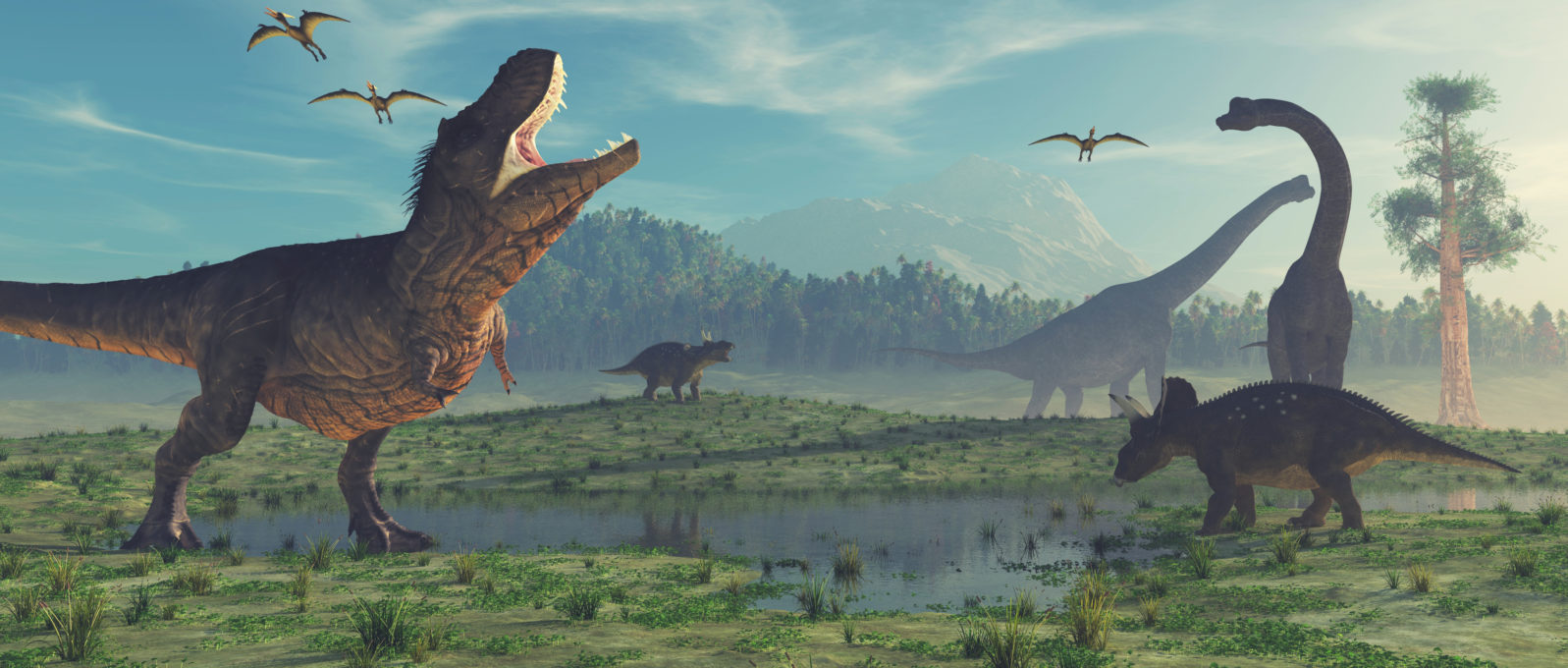Neuralink Cofounder: We Can Bring “Exotic” Dinosaurs To Life Now
Whether Max Hodak can do that or not, many scientists ponder, when SHOULD we try to bring back extinct species?Neuralink is currently best known for brain-computer interfaces, including a test monkey playing pong ball with his mind. But Elon Musk’s co-founder Max Hodak has a bigger idea: Breed and engineer “super exotic novel species”
of dinosaurs:
“We could probably build Jurassic Park if we wanted to,” Hodak tweeted on Saturday. “Wouldn’t be genetically authentic dinosaurs but [shrugging emoji]. Maybe 15 years of breeding + engineering to get super exotic novel species.”
Dan Robitzski, “Neuralink Co-founder Says We Have the Tech to Build An Actual Jurassic Park” at Futurism
Any life forms that resulted from dino DNA studies would not be “genetically authentic” dinosaurs because we don’t have living dinosaur sexual cells to work with. They might, however, be more or less faithful living replicas.
Most sightseers would settle for that. Hence the riff off Michael Crichton’s sci-fi novel and Steve Spielberg’s 1993 film that followed, Jurassic Park (ultimately five films):
Skeptics tell us that Neuralink does not have the tech to build a Jurassic Park. “It appears Hodak was referring to humanity and not the company he co-founded, but you wouldn’t know that from the reports, which have continued to trickle out since Hodak’s declaration.” (Jackson Ryan, C/Net, April 8, 2020)
“Humanity” in general does not appear to have been consulted about all this and there’s a serious debate out there about whether “de-extinction” is a good idea. Kodak asks, “Why don’t we more intentionally try to generate novel diversity?”
Anyone familiar with what happened when rabbits were introduced to Australia and cats to New Zealand can answer his question briefly: unforeseen ecological disaster.
At Futurism, Dan Robitzski writes,
For years, conservationists have expressed concerns over resurrecting extinct species — a process called de-extinction — in part because the ecosystems those species lived in, for one reason or another, moved on without them. To that end, resurrecting species — and especially creating brand new forms of biodiversity — would functionally be the same as introducing a new invasive species to an ecosystem no longer equipped to support it.
Dan Robitzski, “Neuralink Co-founder Says We Have the Tech to Build An Actual Jurassic Park” at Futurism

Disaster, he fears, that isn’t just a movie. But new technologies have been bringing the de-extinction question out of the movies and onto the table:
For decades the notion of “de-extinction” hovered on the scientific fringes, but new advances in genetic engineering, especially the CRISPR-Cas9 revolution, have researchers believing that it’s time to start thinking seriously about which animals we might be able to bring back, and which ones would do the most good for the ecosystems they left behind. Indeed, earlier this month, ecologists at the University of California, Santa Barbara (UCSB), published guidelines for how to choose which species to revive if we want to do the most good for our planet’s ecosystems.
The two animals at the forefront of this discussion are the woolly mammoth, a hairy, close relative of the elephant that lived in the Arctic, and the passenger pigeon, a small, gray bird with a pinkish red breast once extremely common in North America. The last mammoths died about 4000 years ago, and the passenger pigeon vanished around 1900. Research on reviving both species is well underway, and scientists close to the field think de-extinction for these animals is now a matter of “when,” not “if.”
David Shultz, “Should we bring extinct species back from the dead?” at Science (September 26, 2016)
Some scientists are more positive about de-extinction than Robitzski. In 2015, Smithsonian Magazine suggested some animals they feel are due for a genetic encore. These were recent extinctions, of course, including the mammoth:
Problematically, mammoth de-extinction would necessarily involve working with and manipulating female elephants. We would need elephant eggs, elephant maternal hosts and elephant surrogate families to raise the unextinct mammoths before releasing them into the wild. Before mammoth de-extinction proceeds beyond the first stages of sequencing and manipulating genomes, we need to know much more about how to perform these later steps in ways that are not harmful to elephants.
Elizabeth Quill, “These Are the Extinct Animals We Can, and Should, Resurrect” at Smithsonian (May 2015)
There’s a book out there, How to Clone a Mammoth (2015) by evolutionary biologist Beth Shapiro.
In 2017, ScienceAlert published a list of 25 species under discussion, including the Tasmanian tiger and the passenger pigeon, with certain caveats:
Scientists must be able to show that the species is desirable, such as having an important ecological function or being beloved by humans. And they also must consider practical matters, such as whether we have access to tissue that could give us good quality DNA samples.
Most importantly, though, the animals must also be able to be reintroduced into the wild in the first place, so sufficient habitats, food, and limited contact with humans are pretty important. Lindsay Dodgson, “25 Animals That Scientists Want to Bring Back From Extinction” at ScienceAlert (January 23, 2017)
Dinosaurs were not on anyone’s list, of course, for a number of reasons, including the fact that the whole planet has changed a lot since Jurassic times.
At Smithsonian Magazine, we are reminded that, if the researchers succeed, the animals will not be “authentic” but simply animals that look at lot like their predecessors. Take the mammoth, for example:
… scientists who are working on mammoth de-extinction are using new molecular tools to edit the genomes of elephants so that some of their DNA sequences are changed to look like mammoth DNA sequences.
The result is not a clone but a hybrid: a cell that contains DNA that is mostly elephant, but a little bit mammoth. If that cell is then used to create an embryo and eventually an animal, the result will be a hybrid animal with DNA that is mostly elephant and a little bit mammoth.
Elizabeth Quill, “These Are the Extinct Animals We Can, and Should, Resurrect” at Smithsonian (May 2015)
Most people would just accept that. It’s doubtless safer to work with the nature that currently really exists and is fine-tuned and balanced for life.
You may also enjoy: We do not see ETs because they are all dead. According to some NASA researchers, they may have destroyed themselves.
